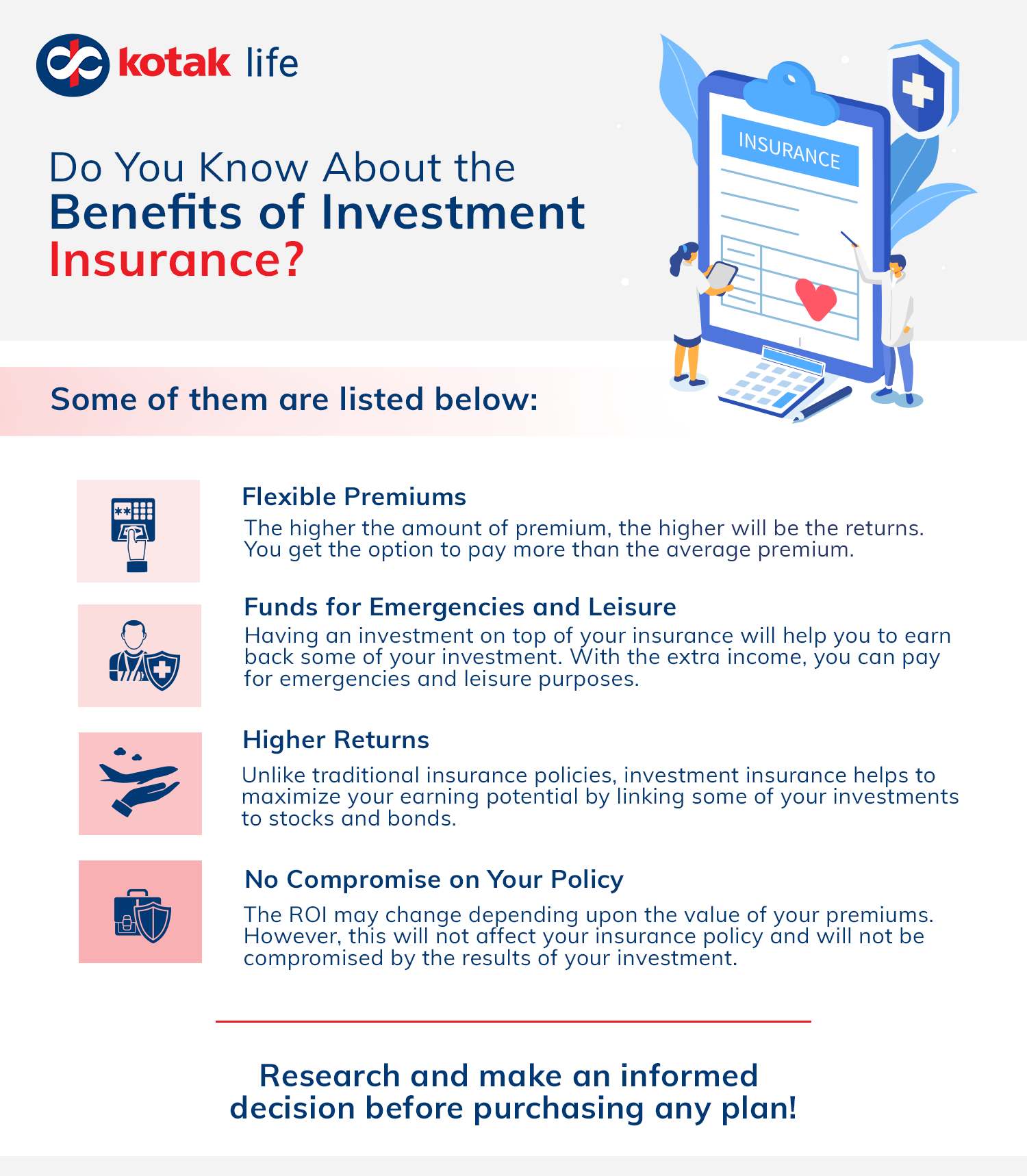Examine This Report on Pacific Prime
Examine This Report on Pacific Prime
Blog Article
The 20-Second Trick For Pacific Prime
Table of ContentsUnknown Facts About Pacific PrimeSome Known Facts About Pacific Prime.The Of Pacific PrimeThe Definitive Guide to Pacific PrimeThe Definitive Guide to Pacific Prime

This is due to the fact that the data were collected for a duration of solid economic efficiency. Of the estimated 42 million individuals who were uninsured, all yet concerning 420,000 (regarding 1 percent) were under 65 years of age, the age at which most Americans end up being eligible for Medicare; 32 million were grownups in between ages 18 and 65, around 19 percent of all adults in this age; and 10 million were kids under 18 years old, concerning 13.9 percent of all youngsters (Mills, 2000).
These price quotes of the variety of individuals uninsured are created from the annual March Supplement to the Current Population Survey (CPS), carried out by the Demographics Bureau. Unless otherwise noted, national quotes of people without medical insurance and proportions of the population with various sort of insurance coverage are based upon the CPS, the most extensively made use of source of price quotes of insurance protection and uninsurance rates.
The Main Principles Of Pacific Prime

Still, the CPS is specifically helpful because it generates annual quotes relatively promptly, reporting the previous year's insurance protection approximates each September, and since it is the basis for a regular collection of estimates for greater than twenty years, enabling evaluation of fads in protection in time. For these factors, in addition to the substantial use of the CPS in various other research studies of insurance protection that exist in this record, we depend on CPS estimates, with constraints noted.

The estimate of the variety of uninsured individuals broadens when a population's insurance standing is tracked for numerous years. Over a three-year duration starting early in 1993, 72 million people, 29 percent of the U.S. https://www.webtoolhub.com/profile.aspx?user=42386420. population, lacked insurance coverage for at the very least one month. Within a single year (1994 ), 53 million people experienced a minimum of a month without protection (Bennefield, 1998a)
6 out of every 10 without insurance adults are themselves utilized. Although functioning does improve the probability that a person and one's relative will have insurance coverage, it is not a guarantee. Even participants of family members with two permanent wage income earners have virtually a one-in-ten chance of being uninsured (9.1 percent uninsured rate) (Hoffman and Pohl, 2000).
Pacific Prime - An Overview
New immigrants account for a substantial percentage of people without wellness insurance coverage. One analysis has connected a considerable section of the recent development in the size of the united state without insurance population to immigrants that arrived in the country in between 1994 and 1998 (Camarota and Edwards, 2000). Recent immigrants (those that involved the United States within the previous four years) do have a high price of being without insurance (46 percent), yet they and their children represent simply 6 percent of those without insurance policy nationally (Holahan et al., 2001).
The connection in between health insurance coverage and accessibility to care is well established, as documented later in this chapter. The connection between health insurance and health end results is neither straight nor easy, a considerable professional and wellness solutions research literature web links wellness insurance policy coverage to enhanced access to care, much better high quality, and enhanced individual and population health status.
Levels of analysis for analyzing the impacts of uninsurance. This conversation of wellness insurance policy coverage focuses mostly on the U.S. population under age 65 due to the fact that virtually all Americans 65 and older have Medicare or other public protection. Moreover, it focuses particularly on those without any type of medical insurance for any type of length of time.
The Only Guide for Pacific Prime
The troubles dealt with by the underinsured are in some respects comparable to those encountered by the uninsured, although they are typically less extreme. Wellness insurance policy, nevertheless, is neither necessary neither adequate to obtain accessibility to medical solutions. The independent and direct effect of you could look here wellness insurance policy coverage on access to health solutions is well developed.
Others will obtain the health treatment they require also without medical insurance, by paying for it expense or seeking it from service providers that supply care totally free or at very subsidized rates. For still others, health insurance coverage alone does not guarantee receipt of treatment as a result of other nonfinancial barriers, such as a lack of health and wellness care carriers in their area, minimal accessibility to transportation, illiteracy, or etymological and cultural distinctions.
Everything about Pacific Prime
Official research study concerning without insurance populations in the United States dates to the late 1920s and early 1930s when the Committee on the Cost of Healthcare created a series of reports regarding financing doctor workplace visits and hospitalizations. This problem ended up being significant as the varieties of clinically indigent climbed up throughout the Great Depression.
Report this page